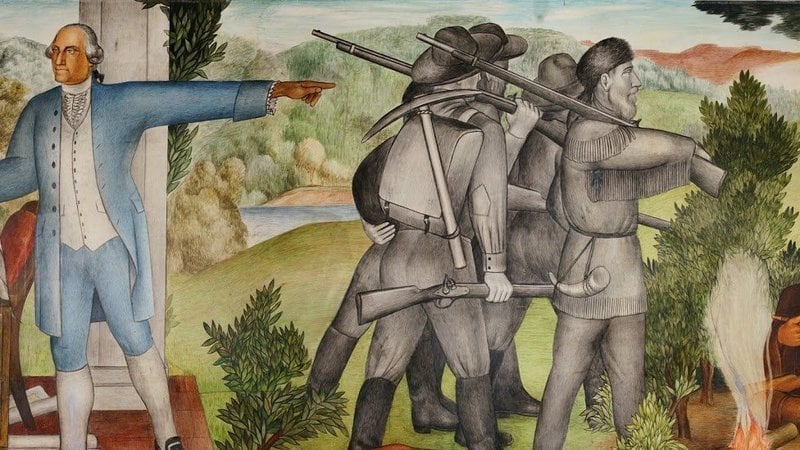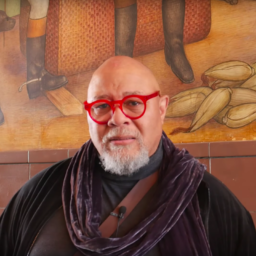A controversy over a series of Great Depression-era murals in San Francisco depicting slave labor and dead Native Americans seemed to have been settled late last month, when the San Francisco Board of Education unanimously voted to cover the images at George Washington High School.
But the decades-long debate—which pits activists who take offense at the startling images against those who say the works were specifically meant to be critical, not celebratory, and should be used as a teaching tool—is lingering on.
Last week, the academic online journal Nonsite published a fierce defense of the murals in a letter that has since been signed by nearly 400 writers, historians, and artists, including prominent academics such as Michael Fried, Aijaz Ahmad, Adolph Reed, and David Harvey.
“It is an important work of art, produced for all Americans under the auspices of a federal government seeking to ensure the survival of art during the Great Depression,” the letter reads. “Its meaning and commitments are not in dispute. It exposes and denounces in pictorial form the US history of racism and colonialism. The only viewers who should feel unsafe before this mural are racists.”
The letter has since been submitted to the San Francisco Unified School District, which had not responded to artnet News’s requests for comment.

A scene from Victor Arnautoff’s The Life of George Washington mural at George Washington High School in San Francisco, California. Courtesy of nonsite.org.
The letter’s co-signers aren’t the only ones expressing their opposition to the Board of Education’s decision.
Rocco Landesman, the former chairman of the National Endowment for the Arts, wrote a letter to the New York Times decrying the planned destruction of the painting cycle. “This just in: A significant segment of the liberal community is turning anti-art,” he wrote.
“When important artworks of our cultural heritage are not just hidden away but destroyed, how do these desecrations differ from those of the Taliban, who blew up the Bamiyan Buddhas in Afghanistan, or the ISIS commanders who destroyed ancient monuments near Palmyra, Syria?” Landesman asked.
The 13-panel painting was created by Russian-born artist Victor Arnautoff in 1936 through the Works Progress Administration. The cycle depicts the life of Washington, and includes images of America’s first president as a slaver.
Late last month, the president of the San Francisco school board said that getting rid of the murals would cost at least $500,000, but perhaps as much as $845,000.










